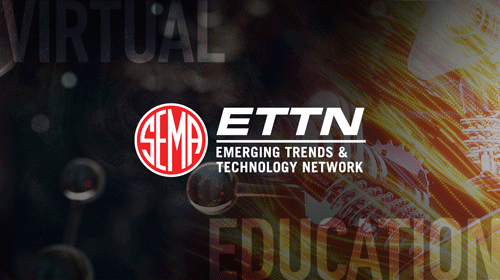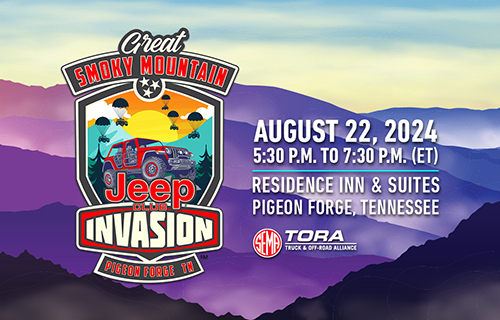By SEMA News Editors
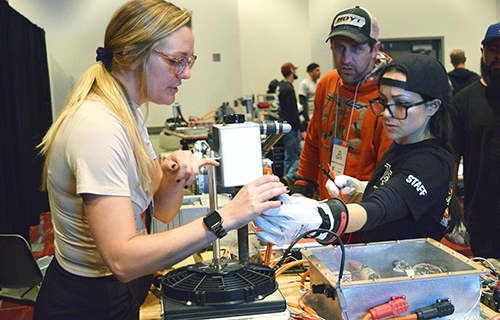
Attendees of the 2024 SEMA Show, November 5-8, in Las Vegas, have the exclusive opportunity to become electric-vehicle (EV) and EV-safety certified through the Show's comprehensive education program focused on professional and business advancement.
Presented by SEMA Education and Legacy EV, the "Electric Vehicles 101" and "High-Voltage Safety Certification Training" education sessions will help attendees boost their knowledge and understanding of EV powertrains and safety. Each of the sessions will be limited to 20 participants to ensure an intimate, hands-on setting where students will gain the skills needed to excel in the evolving and dynamic EV market.
"What makes these courses unique is the hands-on experience students gain by working with EV equipment and wiring right in the classroom during the SEMA Show," said Mavrick Knoles, co-founder and president of Legacy EV. "Participants will not only walk away with valuable experience but can also credit the cost of both of these sessions towards a comprehensive Legacy EV Certified Technician course post-SEMA Show."
Registration is now open for:
- Electric Vehicles 101, Presented by Legacy EV - Wednesday, November 6, 9:00 a.m. – 4:00 p.m.:
This course is divided into two sessions--"Understanding EV Anatomy and Electrical Theory" and "Applications with EV Specifications, EV Tooling, HV Safety"--and offers a brand-agnostic and hands-on training opportunity for automotive technicians to gain understanding of EV powertrains. During this class, students will work with real EV powertrains and tooling on Legacy EV training benches. Trainees who complete this course will receive an official "EV101 certification" from Legacy EV. The cost for this session is $599. To register for "Electric Vehicle 101, Presented by Legacy EV," click here.
- High Voltage Safety Certification Training, Presented by Legacy EV - Thursday, November 7, 9:00 a.m.–5:00 p.m.:
New for 2024, this course is geared towards those who work with or sell high-voltage products; service high-voltage components or vehicles; build, manufacture or assemble high-voltage components or vehicles; and manage high-voltage vehicle technicians. Participants will learn about "Creating an Electrically Safe Work Condition" and "High-Voltage Batteries and Battery Management Systems." Trainees who complete this course will receive a Legacy EV Level 1 High-Voltage Safety certification, a Legacy EV Level 2 High-Voltage Safety certification and a digital badge and physical certificate. Two to four hours of online pre-course work is required before this eight-hour in-person session in Las Vegas. The cost for this session is $1,399. To register for "High Voltage Certification Training, Presented by Legacy EV," click here.
In 2023, Richard Forstner, supervisor of damage appraisal at Element Fleet Management, participated in the EV 101 course at the SEMA Show.
"My employer manages every vehicle type including upfitted trucks, which in some cases, have aftermarket EV conversions, so taking this course helped strengthen my career as an EV subject matter expert," said Forstner. "The instruction by Legacy EV was first rate and I liked the structure and pace of the course." Forstner said the course aided him in problem solving some of the challenges that arise from outside vendors as well as analyzing crash damage.
Monica Baeza, port senior equipment mechanic at Port of Oakland, also took the EV 101 course, noting that the biggest value of the training was the hands-on component. "It has given me the confidence and knowledge to navigate the transition and management of a growing EV fleet. I am more able to engage in the conversations in a knowledgeable way and add value to work that we are doing."
The Legacy EV sessions are part of a robust 2024 SEMA Show education program designed to help industry professionals enhance their leadership and business development, gain insight into emerging trends, and discover industry best practices from top experts in the aftermarket field.
The SEMA Show is one of the largest trade shows in the world, powered by a passionate and innovative community. The 2024 Show is receiving more industry support than it has seen in years, with 2,400 exhibitors projected to display the latest products and services to thousands of attendees and media.
"The SEMA Show is a global platform to showcase the latest trends, innovations, and future of the automotive aftermarket. Education is a cornerstone of the Show designed to help our members address their most significant challenges," said Andy Tompkins, SEMA trade show director. "The 2024 program has been created to showcase takeaways and information that attendees can immediately utilize to improve and strengthen their businesses."
To register for "Electric Vehicle 101, Presented by Legacy EV," click here.
To register for "High Voltage Certification Training, Presented by Legacy EV," click here.
Attendee, buyer and media registration for the 2024 SEMA Show has been open at semashow.com/register. Attendees can maximize their ROI by registering early and taking advantage of travel discounts (more details here) and Show badge discounts. Registration is only $60 for qualified attendees who register by Friday, September 27. After, the price will increase to $120 per approved badge. Deadlines and fees for other registration categories can be found at semashow.com/register.
Keep an eye on SEMA News and semashow.com for the latest deadlines, updates and opportunities for the 2024 SEMA Show.
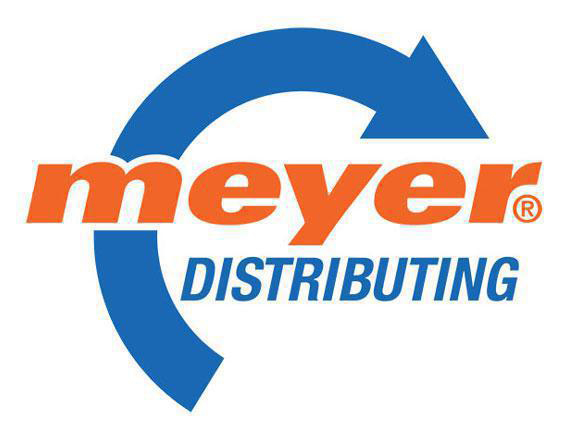 Meyer Distributing has opened a new Canadian location in Abbotsford, British Columbia.
Meyer Distributing has opened a new Canadian location in Abbotsford, British Columbia.




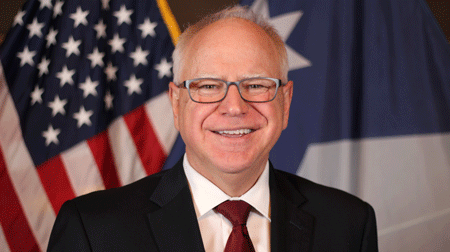
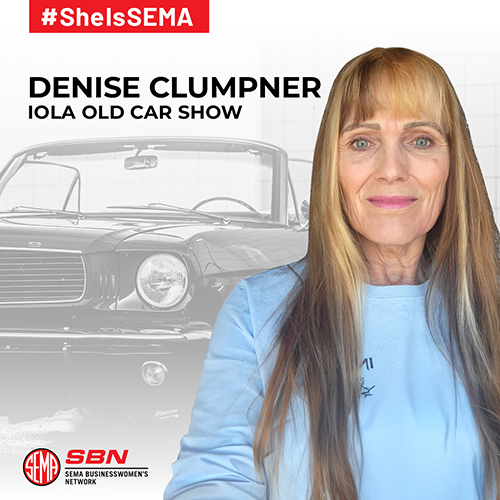 The SEMA Businesswomen's Network (SBN) has named Denise Clumpner, show car director at Iola Old Car Show, as the network's newest #SheIsSEMA spotlight member.
The SEMA Businesswomen's Network (SBN) has named Denise Clumpner, show car director at Iola Old Car Show, as the network's newest #SheIsSEMA spotlight member. 